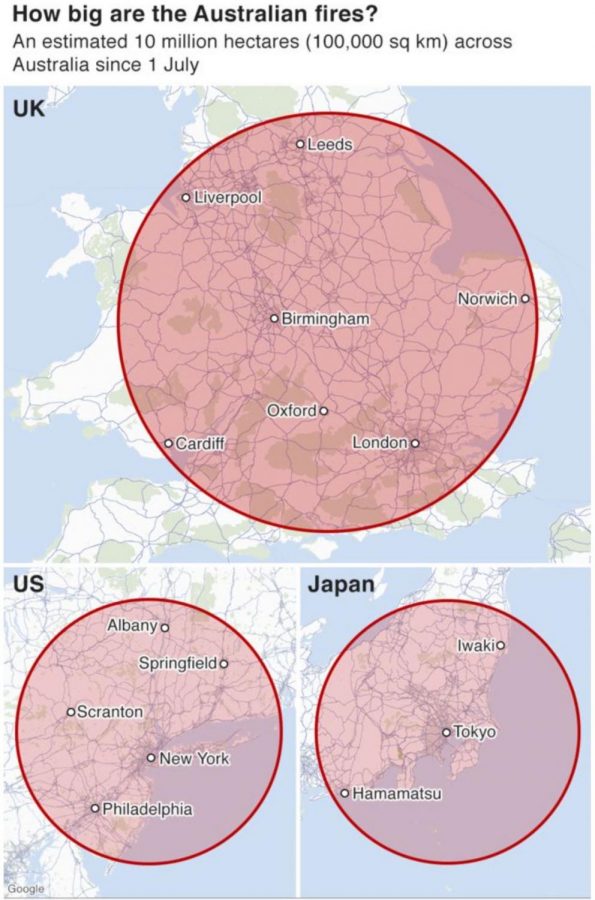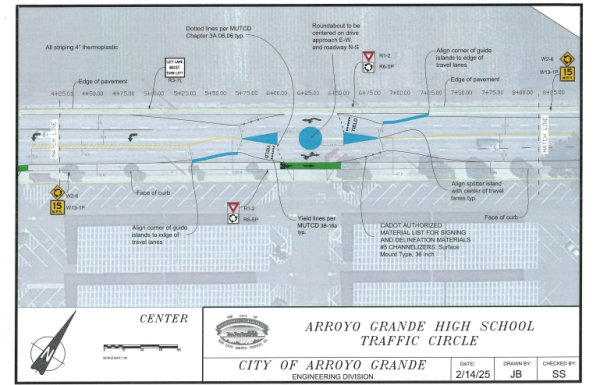Weather Update: climate change seen in live action across Australia, SLO County
This article was originally published in the February 2020 issue. The original headline reads: Australia: The Land Down Under On Fire. An update to the article is posted below the article. It contains information about the current weather situation in Australia as well as SLO county.
As many of you have heard, the continent Australia is currently under assault from dozens of fires, and it has been for months. Due to its location in relation to the US, their seasons occur at the opposite time of year than ours, so they are currently in the middle of their summer. This, combined with an exceptional lack of rain thus far has made containing and fighting these fires particularly difficult. Along with the high winds that Australia is known for, these fires have swept across the Land Down Under and the desolation they have left behind is heartbreaking.
Many of these fires move so fast that even some of the fastest animals on the continent can’t outrun them. Even if they could, the fires frequently invade from multiple directions. When Kangaroo Island, on the southern part of Australia, was burnt over New Year’s week, an estimated 25,000 koalas perished in the flames. Tens of thousands of farm animals, mainly sheep, died as well. The endangered species on the island, the Black Glossy Cockatoo and the Dunnart, also suffered losses, all from the Kangaroo Island fire. Australia’s capital, Canberra, had the 3rd worst air quality of all major cities on January third due to smoke from the fires. The total burnt area in Australia is now about ten million hectares since July first. The total area of England is thirteen million hectares. Twenty-nine people have died in the blaze so far, four of whom were firefighters. There are an estimated 2,700 firefighters working in Australia.
However, not all hope is lost. The “fire season” in Australia finishes at the end of February, and already rainfall from the middle of January has helped extinguish many blazes. As more aid and infrastructure starts helping the damaged areas, the chaos is dwindling. But it’s not as simple as that. Courtney Sigloh said, “Unfortunately, Australia’s lower-income, less populated rural communities have been disproportionately negatively affected by the recent bushfires because firefighters are having to prioritize saving and protecting more densely populated areas and more expensive infrastructure.”
While there isn’t anyone to blame specifically for this problem, perhaps the best way to avoid it is to help prevent fires in the first place. Things that anyone can do to help the world, and transitively Australia, are not as difficult as they sound. If you can arrange a carpool or even try to save gas on a small trip by riding with a friend, go for it. The CO2 your car would have emitted stays in your gas tank instead of seeping into the sky, gradually raising global average temperatures through the greenhouse gas effect. The use of less gas helps Australia and the rest of the planet because wildfires are drastically worse with each additional tenth of a degree on the yearly average thermometer.
Purchasing items that are 1% For The Planet certified, responsibly sourced, and biodegradable all have lasting positive impacts on our planet. Besides these methods, you can donate money directly to the causes you see fit, help fundraise, pick up a piece of trash that you see on the ground, and make sure it gets to where it belongs.
Climate change, which worsens the impact that natural disasters have on our ecosystems and cities alike, is a problem that humans can solve, just like everything else we have overcome. Watching humanity band together and team up to defeat common enemies or help each other out is always inspiring. Instead of just sitting around being inspired, use that inspiration to make a difference.
Update: January 30, 2021.
The eastern coast of Australia continues to experience wildfires and hotspots, predominantly in the region of Queensland, with the south also still burning. The southern hemisphere has an opposite seasonal cycle, their summer is our winter, their spring our fall. Australia is in the southern hemisphere, meaning that January is actually one of the hottest months for them. Normally, monsoons would quell the flames, and they have in part, but with climate change continuing to disrupt weather patterns, the rain has been insufficient as of yet. Australia has long been known as the world’s driest continent, and droughts can last for many years. The mounting threat of wildfires and other natural disasters potentially costing Australia up to $76 billion each year by 2038.
Evidence of climate change can even be seen in SLO county, where just this week certain areas experienced more than 15.31 inches of downpour according to the National Weather Service. These unpredictable and volatile weather patterns lead to mudslides across the California coast. Parts of the coast throughout the local beaches were lost, and Highway 1 was heavily damaged near Big Sur.
Clearly the time to act is now, more than ever.
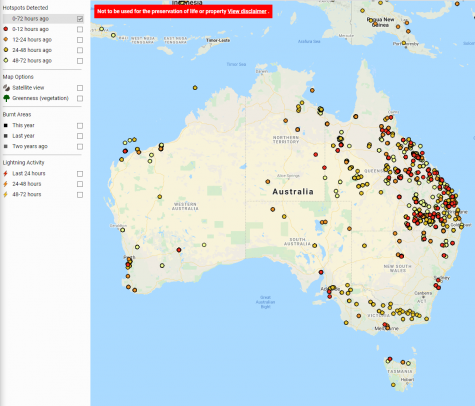
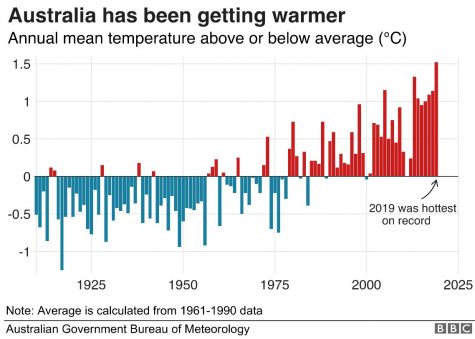
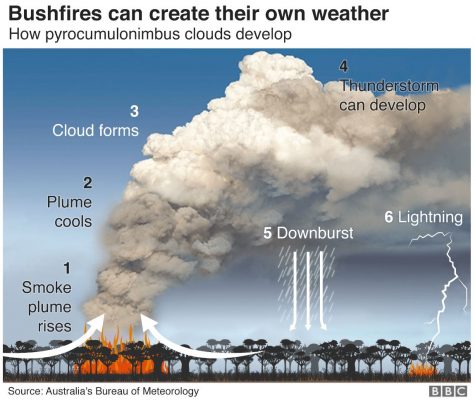

My name is Hudson Reynolds and I am a senior at AGHS. I always wanted to be a part of a student-run newspaper or radio and I am so glad that I got the...

